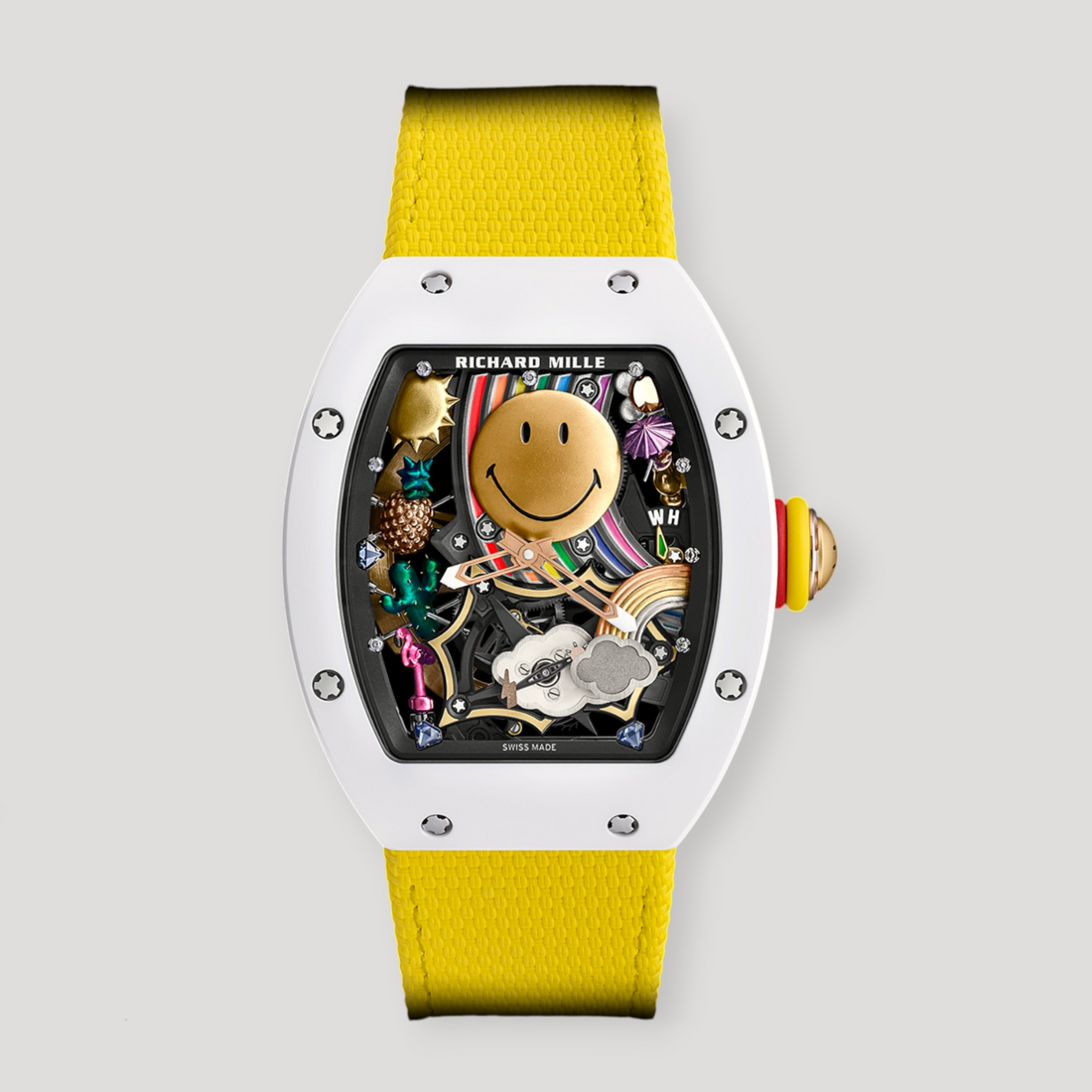
The Tourbillon
Share
Today, I spent some time reflecting on the tourbillon—an invention that feels both poetic and practical, a blend of mathematics, craftsmanship, and art.
The word tourbillon itself means “whirlwind” in French, and the mechanism embodies this name perfectly. Invented by Abraham-Louis Breguet in 1801, it was his solution to a problem: the effect of gravity on a pocket watch’s balance wheel. By placing the escapement and balance wheel inside a rotating cage, the tourbillon averages out positional errors. It was never about erasing gravity, but about dancing with it.
From a modern perspective, the irony is clear: wristwatches move constantly with the arm, making the original purpose less necessary. Yet the tourbillon survived, not because it’s essential, but because it’s beautiful. It represents horology’s pursuit of perfection, even when practicality has been surpassed by quartz and atomic clocks. In that sense, the tourbillon is more sculpture than science—a revolving monument to patience, precision, and human imagination.
Some tourbillons have reached legendary status. Breguet’s original pocket watches remain the foundation, but many houses have since elevated the complication into icons:
Patek Philippe’s Gyrotourbillon (Sky Moon Tourbillon): A masterpiece where engineering and aesthetics meet, pushing the boundaries of complexity.
Jaeger-LeCoultre Gyrotourbillon: Instead of a single axis, this tourbillon rotates on multiple axes, like a miniature planetarium, mesmerizing in its spatial dance.
Audemars Piguet Royal Oak Offshore Tourbillon Chronograph: A modern fusion of bold design and mechanical mastery, proving the complication can thrive in a contemporary context.
Greubel Forsey’s Double Tourbillon 30°: Here, two tourbillons nest within one another, angled to further neutralize errors, and presented as rolling sculptures of motion.
Vacheron Constantin’s Traditionnelle Twin Beat Tourbillon: Bridging heritage with innovation, it reminds us that even in the 21st century, the tourbillon evolves.
The Richard Mille Tourbillon embodies cutting-edge innovation and avant-garde design, combining extreme technical mastery with a bold, futuristic aesthetic.
Each of these tourbillons is more than an attempt at accuracy. They are expressions of philosophy. In a way, they embody humanity’s restless pursuit of perfection, even when perfection is unattainable.
When I watch one in motion, I see more than gears. I see centuries of curiosity. I see a craftsman’s steady hands assembling parts smaller than grains of rice. I see the paradox of timekeeping: we chase accuracy, but what we really long for is meaning.
The tourbillon, then, is a reminder. Not of time controlled, but of time contemplated.

